Rotor balancing is a critical aspect in the maintenance and operation of crusher machines. This article elucidates the methodology and benefits of rotor balancing, with a particular focus on the utilization of the Balanset-1A portable balancing device.
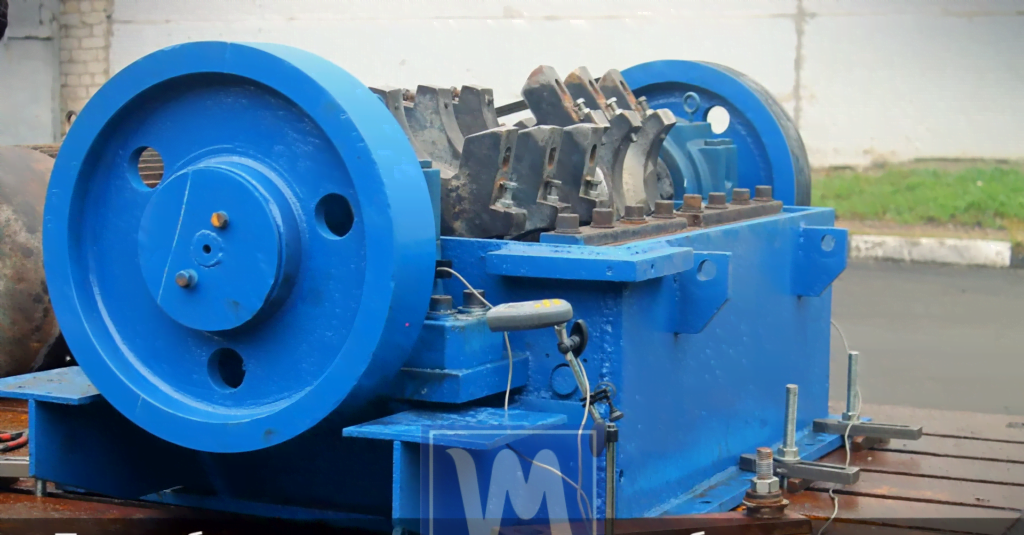
Balancing the crusher using the Balanset-1A vibration analyzer. Eliminating crusher vibration.
Introduction:
Crusher machines are prone to vibrations, which may result in premature mechanical failure and operational inefficiency. Balancing the rotor is thus essential for mitigating vibrational forces, optimizing operational efficiency, and prolonging the life of machine components, particularly the bearings and the motor.
Methodology: Dynamic Rotor Balancing Using Balanset-1A
- Initial Vibration Measurement: The existing vibration levels are initially measured using the Balanset-1A device.
- Test Mass Installation: Trial weights are temporarily affixed at equidistant points around the rotor circumference.
- Revised Vibration Assessment: The rotor is then run, and subsequent vibration levels are measured. The Balanset-1A computes the variation in vibrations caused by the test masses.
- Calculation and Adjustment: Balanset-1A calculates the precise mass and angular position of the balancing weights needed to achieve dynamic balance. These weights are then permanently installed at the calculated positions.
Technical Benefits of Rotor Balancing:
- Vibration Reduction: Proper balancing significantly reduces mechanical vibrations, thereby minimizing the risk of structural fatigue and consequential mechanical failure.
- Operational Efficiency: By reducing vibrations, the rotor achieves better performance, resulting in lower energy consumption.
- Extended Bearing and Motor Life: The reduction in vibration leads to decreased mechanical stress on the bearings and motor, thus extending their operational lifespan.
- Safety Enhancement: Minimizing vibrations reduces the risk of unexpected mechanical failure, thus improving operational safety.
Results:
In a recent implementation involving a forestry mulcher rotor, the initial vibrations were dangerously high, making it impossible to operate at working rotational speeds (1500-1600 rpm). After the first balancing procedure at a minimal operational speed, and subsequent fine-tuning at working speed, the vibration levels were reduced to approximately 0.5 mm/sec.
Conclusion:
Rotor balancing using the Balanset-1A portable balancing device is an indispensable maintenance activity. It enhances the operational efficiency, mechanical reliability, and safety of crusher machines, and should be an integral part of regular maintenance protocols.
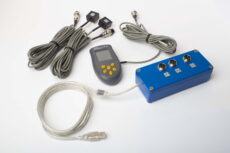

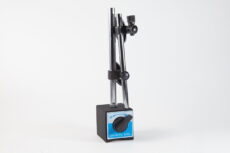
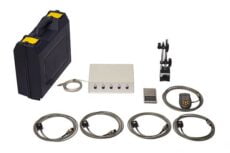
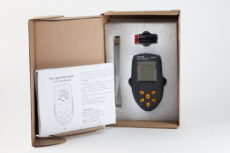

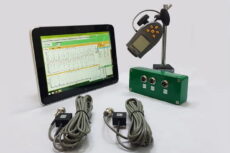
0 Comments